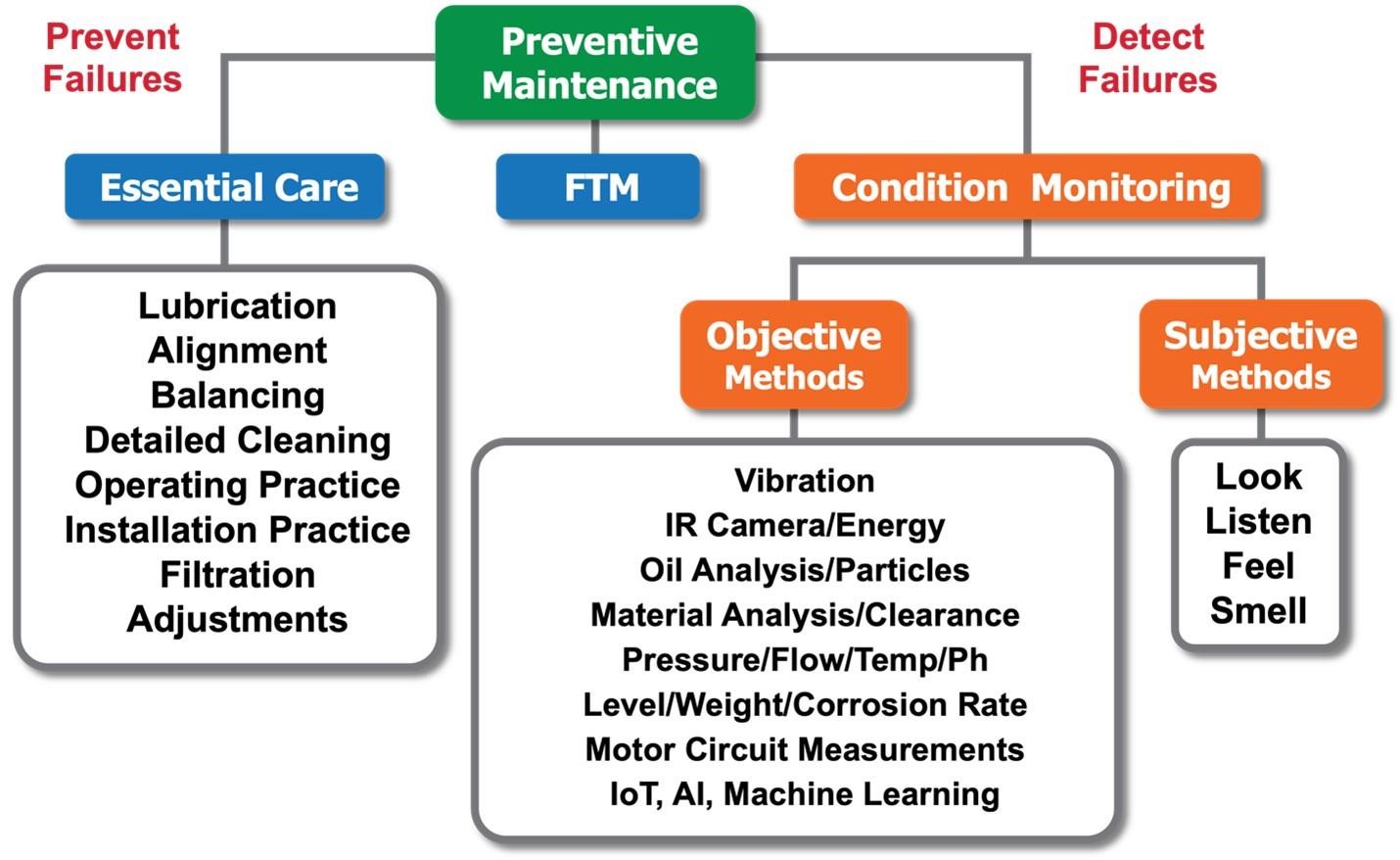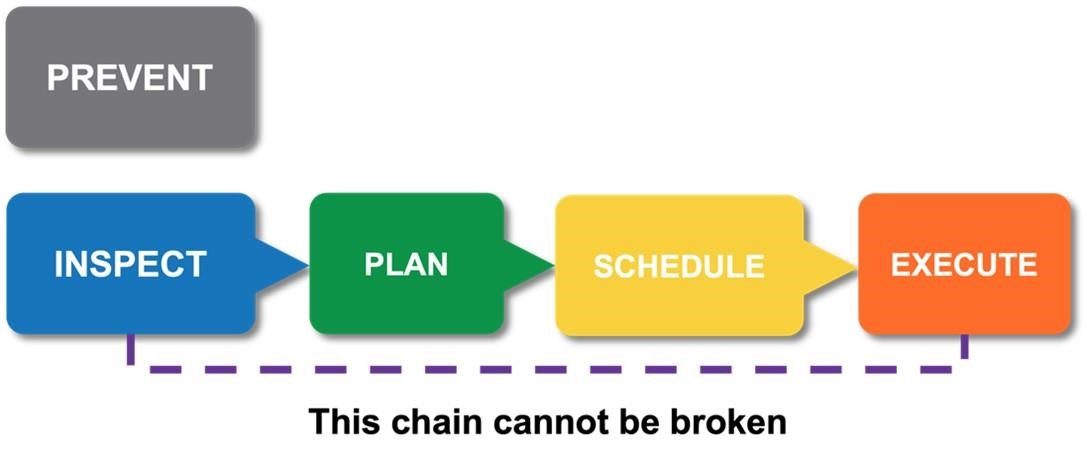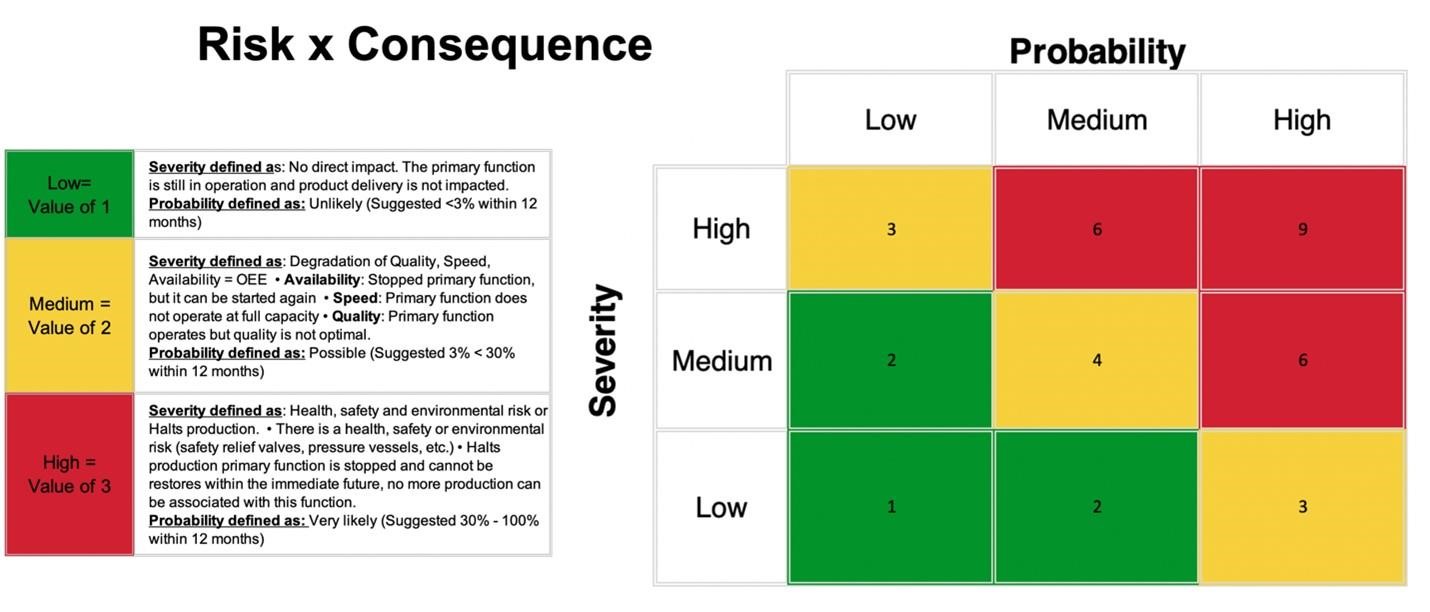Maximize equipment uptime and minimize costs with our comprehensive guide to cost-effective preventive maintenance strategies. Discover key elements such as data-driven insights, risk-based prioritization, and condition monitoring technologies to enhance reliability and efficiency in your manufacturing operations.
In today's competitive industrial landscape, maximizing e
quipment uptime while minimizing costs is crucial for sustainable growth. Preventive maintenance (PM) optimization plays a pivotal role in achieving this balance. According to Reliable Plant, this article delves into strategies for implementing cost-effective PM programs that enhance reliability and efficiency in manufacturing operations.
Understanding Preventive Maintenance Optimization
In order to properly document and execute preventative maintenance, your business needs to come to a consensus on a single meaning of the term. It is essential that we establish clear boundaries about the parameters of process improvement. Over time, many definitions have been proposed; however, IDCON defines it as:
Any repetitive actions that stop a failure from happening or identify one early on.
This definition deals with two ideas. Either we stop a failure from occurring, or we catch a failure early.

IDCON's Preventive Maintenance Definition
To understand more about PM Optimization, you can read our previous blog “The Power of Preventive Maintenance Optimization".
Failure prevention includes Essential Care (left side of image). Equipment life is directly impacted by every action included under Essential Care; the degree to which those PMs are completed can determine how long the equipment lasts or how short it is.
Fix Time Maintenance, or "FTM," is located in the center. FTM entails executing PMs or changing components according to a set schedule that is determined by the equipment or component life.
Detect Failures is located on the right side of the picture. This is the role of condition monitoring, which consists of inspections that are both subjective and objective.
Early failure detection and prevention are two key components of a preventive maintenance (PM) program. It's important to take into account non-repetitive preventative measures, nevertheless, as they can still stop failures.
For example, alignment doesn't need to be repeated once it's installed; it just needs to be done once if vibration analysis indicates that realignment is necessary. However, since alignment and balance are part of the definition of preventive maintenance but not the recurring preventive maintenance program, they should be done appropriately to avoid future issues.
The Productivity Circle
The role that your PMs play in your overall work-management process needs to be clear. It will be difficult to acquire effective results from the PM program if the supporting and following systems are unclear. To illustrate the general relationship between operations and maintenance, IDCON INC. created a Reliability and Maintenance Productivity Circle. The integration of condition monitoring and preventative maintenance tasks is depicted in the following figure.

Preventive maintenance and condition monitoring are in orange with a grey box.
As you can see, the circle represents the two components of PM: early failure detection and prevention.
The "chain that cannot be broken" is another method we use to deconstruct the preventative maintenance procedure.
As you can see, the circle represents the two components of PM: early failure detection and prevention.
The "chain that cannot be broken" is another method we use to deconstruct the preventative maintenance procedure.

PM Chain
Actions to prevent failures (and, consequently, work) are included in the first block, Prevent. These include lubrication, proper installation, etc. After that, we plan and schedule the job, conduct both subjective and objective inspections, and lastly, carry out the task. Successful reliability and maintenance are predicated on this.
It's critical to realize that without planned, scheduled, and completed remedial work, inspections are meaningless on their own.
Conduct a Criticality Analysis
The next step is to use a criticality analysis to determine the best maintenance strategy for the equipment. This aids in determining which equipment needs improvement the most immediately.
Better maintenance plans must be documented, followed by several months of implementation of the equipment, and then repairs must be planned, scheduled, and carried out. Results are quick and long-lasting when PM is applied correctly in a small region.
A criticality analysis should have a maximum score of five simple levels, accounting for lost productivity, environmental impact, safety, and excessive cost.
To calculate criticality, the study uses a formula known as risk x consequence, where risk is the likelihood that an accident will occur and consequence is the possible effect, like downtime. A production-oriented block diagram is suggested for a more efficient criticality analysis.

Use a graphic to calculate the criticality of your equipment, then multiply the technical side or higher cost by the revenue loss in terms of production loss. You can use this to determine which equipment is most crucial for your requirements.
Select the Maintenance Method
It is important to understand which maintenance technique is appropriate for each component. Therefore, part of the process improvement must include the idea of choosing maintenance techniques.
Three choices are available for selection:

Fixed Time Maintenance (FTM) is the practice of replacing or overhauling equipment according to a set schedule, regardless of its state.
Operating to Breakdown, or OTB, is precisely what it sounds like: using equipment until it malfunctions and then replacing or repairing it according to cost.
Condition-Based Maintenance (CBM) is keeping an eye on the equipment's state and making repairs based on findings from condition monitoring. Though not always the case for all equipment, CBM is frequently the most economical approach.
For equipment or components with a known Failure Developing Period (FDP), CBM is usually the most economical approach. But because of the extra damage and downtime, OTB is more costly. FTM can be expensive since it may lead to the premature replacement of components, resulting in the waste of money, time, and parts.
The most economical choice can be ascertained equipment by equipment and component by component through a financial analysis.
Develop the PM Documentation Process
The document offers a methodical approach to recording plant PMs, which needs to be well-defined and include training for all staff members. In addition to avoiding redundant PMs, this guarantees departmental coordination.
For equipment that is highly critical, reliability-centered maintenance (RCM) is a popular choice. For equipment that is highly critical, FMEA, a subset of RCM, is utilized. In a normal plant, these techniques are appropriate for 1–5% of the equipment.
IDCON's Condition Monitoring Standards are an excellent documentation technique that may be used for the remaining 95% of machinery and parts. Every equipment standard describes symptom modes, disassembles the equipment into its component parts, and provides instructions on how to identify and prevent problems early on. It also specifies who will execute the task when, how often it should be done, and what equipment are required to finish it.
Conclusion
A clear preventive maintenance plan must be established, integrated into the work management process, and jobs must be prioritized using criticality analysis in order to create a cost-effective preventive maintenance framework. Financial considerations and equipment specifications determine the best approach.
Clarity and uniformity are ensured by a documentation procedure such as the Condition Monitoring Standards produced by IDCON. Developing test routes, work orders, staffing assignments, carrying out PMs, and establishing a work procedure are all part of implementing a PM process.
This foundation promotes dependability, efficiency, and operational excellence by enabling businesses to implement the selected methodology, set up test routes, issue work orders, and allocate tasks.
Learn about the benefits of proactive maintenance strategies and how they enhance productivity, reliability, and cost savings by referring to our previous blog “Reducing Downtime by 50% through Preventive Maintenance Optimization (PMO) and AI”.
At CRE Philippines, we specialize in comprehensive reliability programs that include advanced PM Optimization Training. Our CRE PM Optimization Training equips maintenance professionals with the skills and knowledge to implement cost-effective preventive maintenance strategies effectively.
Contact us to discuss your specific needs and trust us to help you achieve peak equipment performance and reliability.


